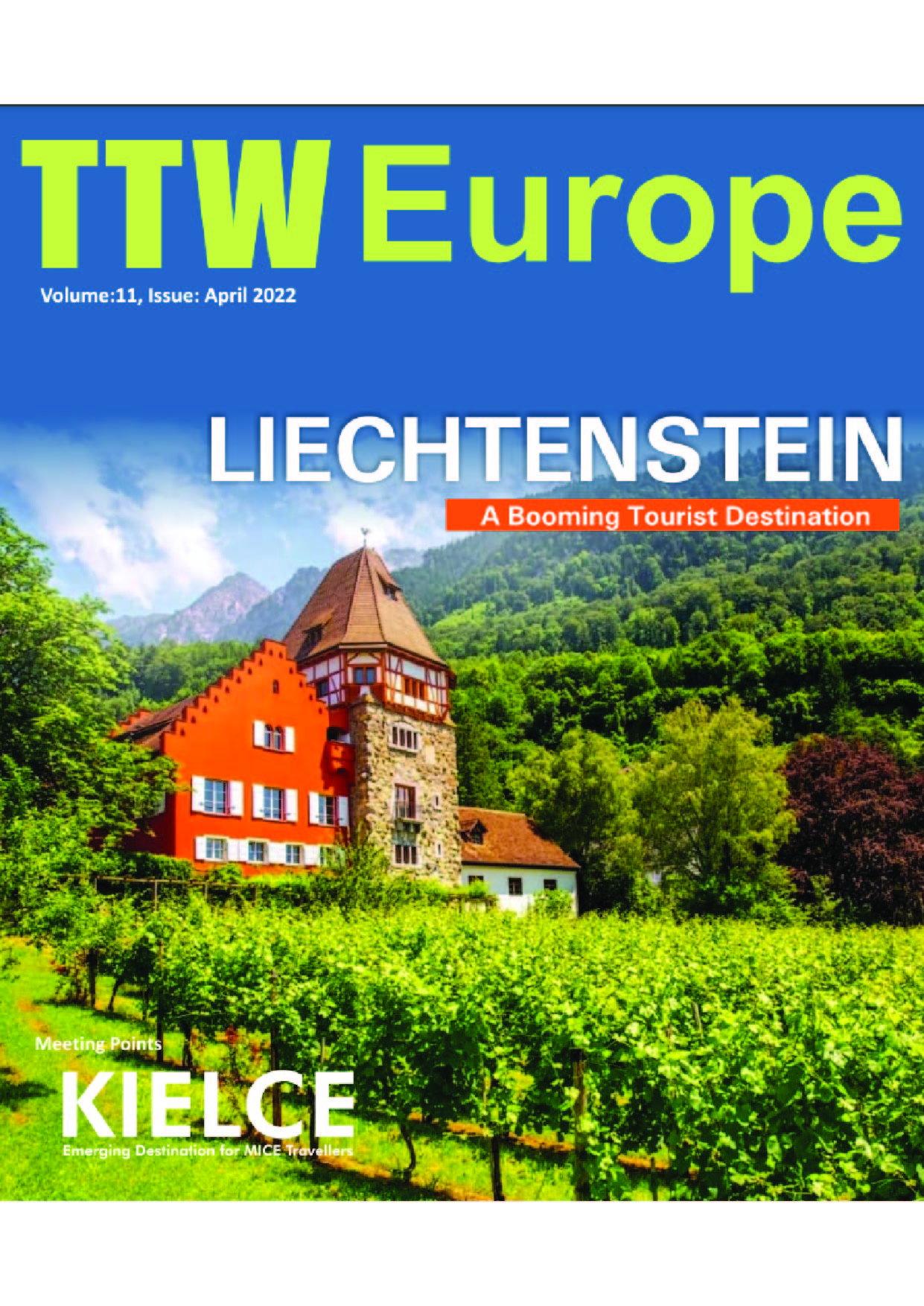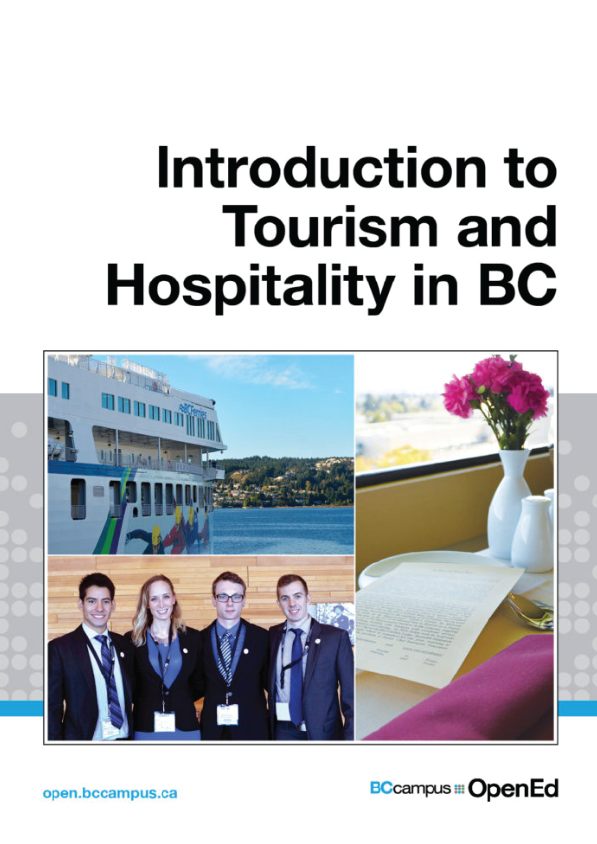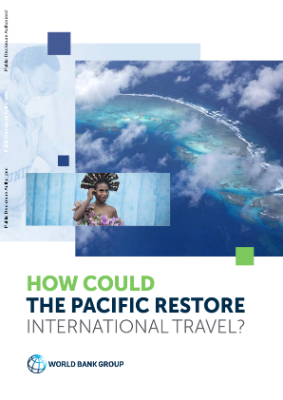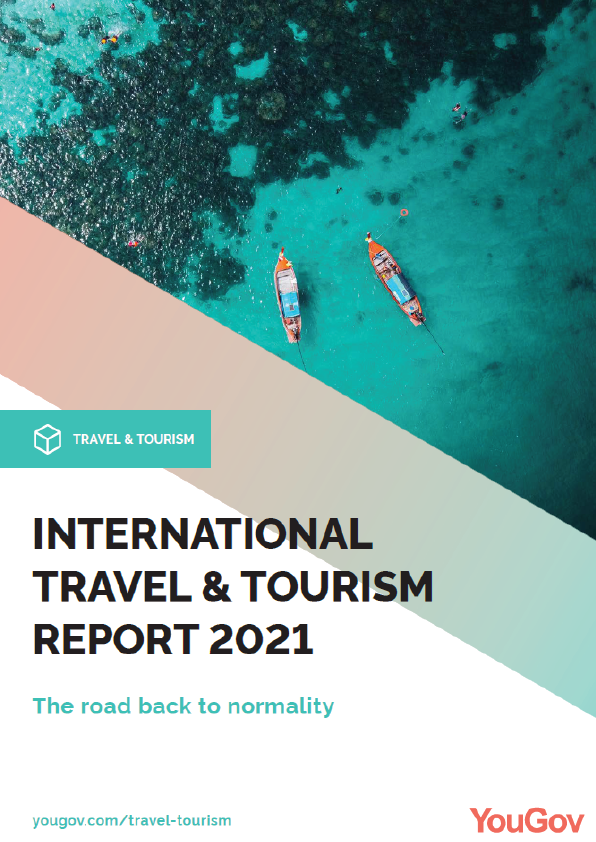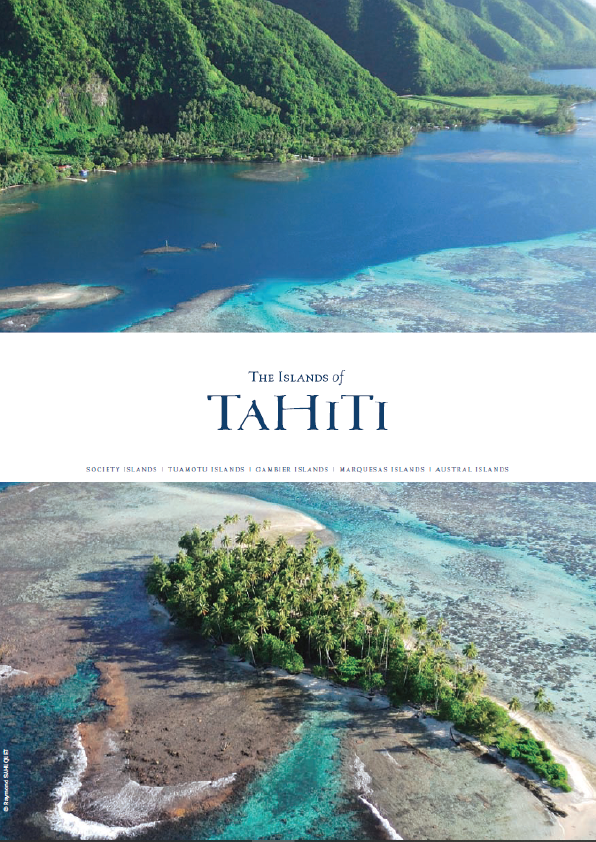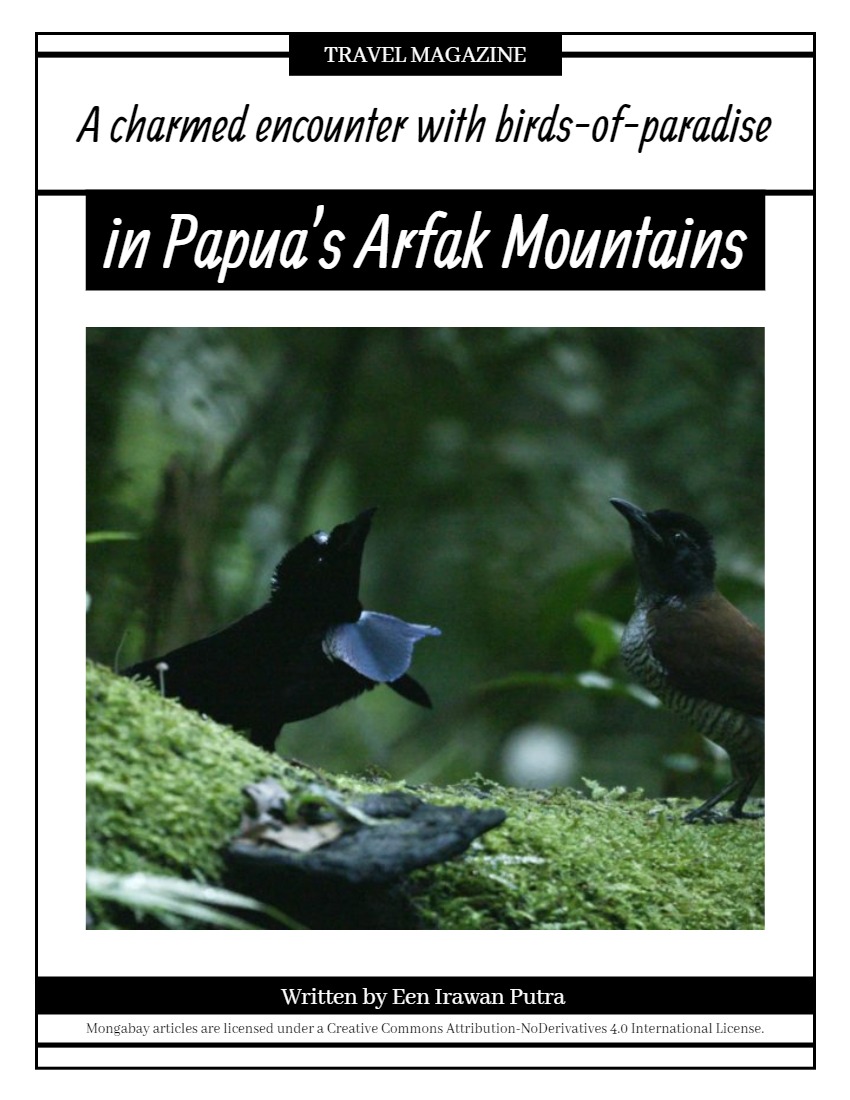Kielce is among the oldest cities in Poland, with a history of almost 900 years. It is the capital of Świętokrzyskie province and the touristic K centre for the oldest mountains in Poland – the Kielce Mountains. Kielce is located on the Warsaw-Kraków rail line and is a major industrial centre. It has metallurgical, machinemaking, building materials, and food-processing facilities. The city is also known for its ceramics industry, which was the backbone of the city’s economy in the past.
The nearby Masłów airport provides access to a number of domestic and international destinations. Kielce is an excellent place to visit for those who enjoy urban centre with a variety of historical attractions, modern amenities, and plenty of space to explore. The Świętokrzyskie Voivodeship is an area of central Poland with many beautiful historical sites and a great selection of restaurants, bars, and cafes. Events here are held with full facilities making it ideal for MICE travellers.
Today, Kielce is emerging as a major MICE destination, hosting successful events and conferences. The city also has a well developed communication, railway and road system, making it an excellent place to get around.
Grand Hotel Kielce:
The Hotel Grand in Kielce is located in the heart of the city. It is the best place to organise conferences, congresses, business meetings, and cultural events. The hotel offers comfortable rooms and professional service. You can meet your colleagues in the modern congress halls or in the restaurant on the top floor with a unique view of the city. Depending on the size of the group, the conference rooms are equipped with the latest technology. There is a variety of culinary and trade, and service options in addition to great infrastructure.
Targi Kielce:
includes the E-hallsl, which is one of the most modern and largest exhibition spaces in the country. The Kielce Pavilion is a state-of-the-art exhibition space, which provides a modern and unique setting for trade shows, conferences, corporate events and other special occasions. The Kielce Pavilion is one of the most modern exhibition spaces in the country. The facility can accommodate up to 1,000 visitors and features a café, state-of-the-art AV equipment, and a full-service kitchen.
Poznan Congress Center :
The Poznań International Fair Grounds, better known as PIF, is a venue that hosts a variety of trade shows, exhibitions, and other events. Today, PIF is one of the most recognized exhibition grounds in Poland and attracts more than a million visitors annually. Over the years, the Poznań International Fair has evolved into a major platform for conducting business and raising brand awareness.
AmberExpo:
AmberExpo Exhibition and Congress Center is a well-reputed conference centre in Kielce, Poland. In addition to providing an efficient and comfortable forum, the centre has an advantageous location in the city centre. In the centre, there is more than 12,000 m2 of exhibition space that includes 5,600 m2 of indoor space and more than 3,000 m2 of outdoor space. Exhibitors have access to all exhibition areas that are fully equipped with high-tech facilities and equipment, as well as outstanding stand designs, arrangements, and constructions.
Apart from being a major center for events and meets, there are other attractions in the city for tourists and visitors.
Palace of the Kraków Bishops:
A stunning palace dating back to 17th century, the Palace of the Kraków Bishops was once the summer residence of the Bishops of Kraków. It is one of the best destinations to visit in Poland. Kielce has a museum dedicated to toys and games, which is different from the typical museums in Polish cities. The city of Kielce is green and has a beautiful park. This park features a duck pond, weeping willow trees, and a fountain. It’s a great place to relax and read a book.
Museums of toys and Games:
The city has a host of attractions along with a few conferences centres to host meetings and events. Therefore, it makes up for a perfect destination to travel to.
The world is recovering from the pandemic and the people want to cut loose and go on vacations. This time, Europe is a very popular spot for vacation T goers. While France and Spain may top the list, others are not far behind. Here we discuss how European tourism is recovering from the pandemic and its restrictions.
The COVID-19 pandemic had wreaked havoc all over the world in a manner that was previously unseen and unknown. It is a contagious disease that is caused by severe acute respiratory syndrome coronavirus 2. The first known case was identified in Wuhan, China, in December 2019. Often variable, the symptoms of the disease include fever,cough, headache, fatigue, breathing difficulties, loss of smell and loss of taste. By December 2019, the infection spread rapidly across nations mostly by the human to human transmission. The rapid human to human transmission had created worldwide panic and this sparked the governments and local assemblies to take measures like sending the population into quarantine, forbidding human contact and majorly ban international travel in an attempt to stop the spread of the disease. This had affected the travel and tourism industry the most. The aviation, hotel, travel and the various allied industries were hit the hardest as they depended on people travelling from one place to another, which was then banned and completely shut down.
The travel and tourism sector in Europe saw its biggest collapse during the COVID-19 pandemic. They suffered a decline of 51.4 per cent amounting to €987 billion. The most affected countries in Europe are Spain, Malta, Greece and Portugal.
The Economic Trends Report showed that domestic spending in Europe marked a 48.4 per cent decrease. The international spending also declined by 63.8 %. While the WTC reports mark that Europe was the top global region for international visitor spending, still the country suffered a 9.3 per cent decline, leaving a total of 3.6 million people engaged in this industry jobless. International visitor spending in this region declined by 74.4% as most national governments sealed their borders to inbound tourists. During this time, the domestic spending declined by 48.1%. Virginia Messina, the Senior Vice President WTTC, in a recent statement said that their data shows the devastating impact the pandemic has had on travel and tourism around the world. 61% of EU tourists sought night accommodation in Europe. 12 months before the pandemic struck, 2.8 billion tourists had opted for overnight stays but the numbers declined to 1.1 billion tourists from April 2020 to March 2021.
During the peak of the COVID-19 pandemic, the global travel industry was decimated. Every national government across the world issued advisory warnings to all its citizens across the world. Many people across the world were stranded in the tourist locations that they had gone. After some time, the national governments started to take precautions that would help them to prevent the spread of the virus amongst the general populace. Restrictions were placed on the travellers who were coming from foreign locations. They had to stay in quarantine for 14 days in case they were carrying the virus, undertake PCR tests and fill up lots of forms. These procedures coupled with the restrictions on public gatherings and the limited operating hours of hotels and restaurants had taken the fun away from travelling. This deterred many people from leaving their homes and subsequently led the travel and tourism industry and its allied industries to suffer badly.
